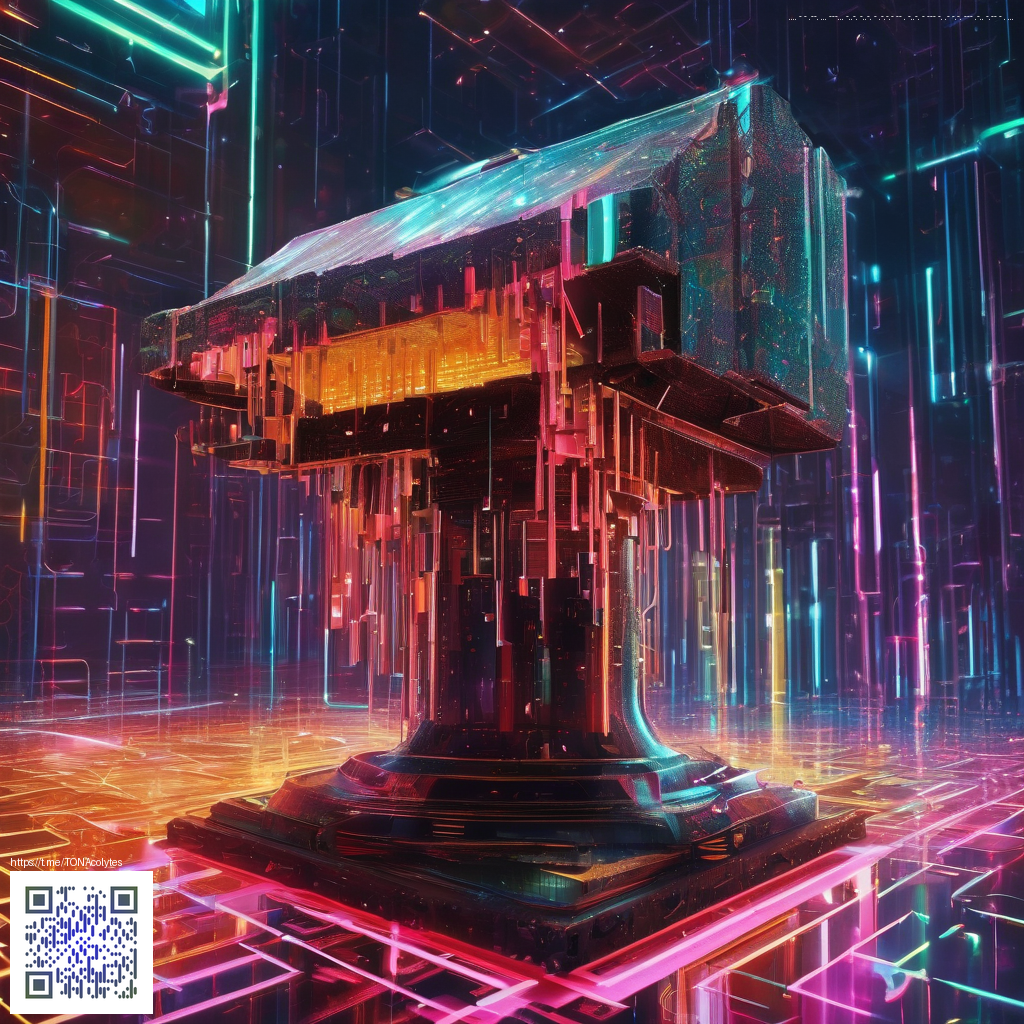
Texture Techniques for Elevating Flat Illustrations
Flat illustrations can be bold, clean, and highly readable, but they sometimes miss the tactile punch that makes scenes feel real. Texture is the secret ingredient that adds depth, atmosphere, and material cues without complicating the geometry. The goal is to introduce texture thoughtfully—enough to imply surface without overpowering the shapes that define the composition.
Set a solid foundation first
Texture works best when your base shapes are crisp and your color relationships are clear. Start with a restrained color palette, establish your light source, and ensure the silhouettes stay legible at small scales. Texture should lie on top of this foundation, like a gentle veil that enhances form rather than disguises it.
Texture techniques to try
Here are practical approaches you can mix and match, from subtle refinements to more tactile statements:
- Grain and noise overlays: A light grain can emulate paper, linen, or film, lending a tactile feel to flat fills without breaking clean edges.
- Soft gradients and shading: Gentle radial or linear gradients can add volumetric cues to shapes, helping them read as three-dimensional without heavy shading.
- Texture masking with clipping: Clip textures to specific shapes and use masks to blend them smoothly with the underlying color.
- Blending modes such as Overlay, Multiply, or Soft Light: Let textures mingle with color so they feel integrated rather than pasted on.
- Edge texture: A faint texture along the outer edges can soften boundaries and suggest material boundaries without crowding the center of interest.
- Pattern textures for subtle interest: Dots, hatch lines, or geometric repeats can awaken large flat areas without stealing focus from key details.
- Material-driven textures: Choose textures that reflect the intended material—paper, fabric, metal—to reinforce the mood and context of the piece.
Texture should be a supporting actor—enhancing mood and material cues while keeping the main forms crisp and readable.
Workflow tips for digital work
Adopt a layered approach. Place a texture layer above your base shapes, select an appropriate blend mode, and fine-tune opacity until it feels integrated. Use layer masks to confine texture to the intended regions, especially where shapes overlap. For vector-focused projects, render textures as vector patterns or employ scalable texture assets to preserve fidelity at any size.
During ideation and iteration, handy workflow aids can keep your hands steady and your eyes focused. For instance, if you’re capturing reference textures on the go, a small, reliable accessory can help you test textures more precisely on your device—worth exploring here: Phone grip Click-On reusable adhesive holder kickstand at https://shopify.digital-vault.xyz/products/phone-grip-click-on-reusable-adhesive-holder-kickstand-1.
Color harmony and texture balance
Texture should align with your color strategy. If you’re using bold, saturated colors, temper textures to avoid overpowering the shapes. In moodier color schemes, a touch more texture can intensify atmosphere without sacrificing legibility. Always test textures across different screen sizes and, if possible, in print to ensure the effect remains desirable across formats.
A quick exercise to try
Choose a simple flat illustration, then add a subtle grain layer, followed by a small hatch pattern along a single edge. Toggle the texture on and off to notice how the composition feels with and without it. This practice helps you calibrate texture density, color interaction, and lighting cues without committing to a full rework.
Texture is not about making everything rough or busy; it’s about guiding the viewer’s eye, implying material realities, and adding depth that remains respectful of the artwork’s clarity. The best results come from restraint, purposeful placement, and regular checks at different sizes.
Similar Content
Explore related ideas on this page: https://101-vault.zero-static.xyz/1565dfc1.html